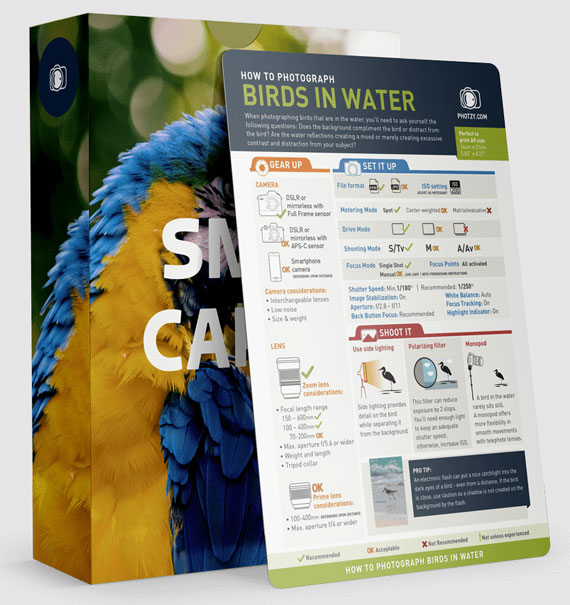Bird photography is an art that demands precision, patience, and a deep understanding of your camera’s capabilities. One of the most critical aspects of capturing sharp, detailed images of birds in flight or perched is mastering the autofocus (AF) modes on your camera. In this guide, we’ll explore the different autofocus modes and how to use them effectively for bird photography.
Relevant note: only a little while left for the Bird Photo Snap Cards at 82% Off

Photo captured by Dinu J Nair
Understanding Autofocus Modes
Modern cameras come equipped with various autofocus modes, each designed for specific shooting scenarios. Understanding when and how to use these modes can significantly improve your bird photography.
Single-Point AF (AF-S/One-Shot AF)
- Best For: Stationary Birds
- How It Works: Single-Point AF allows you to select a specific autofocus point in your frame. The camera focuses on that point and locks the focus once achieved. This mode is ideal for photographing birds that are perched or relatively still.
- Tips: Use the central focus point for accuracy, and consider recomposing your shot after locking focus.
Continuous AF (AF-C/AI Servo)
- Best For: Birds in Flight
- How It Works: Continuous AF tracks a moving subject, adjusting focus as the subject moves across the frame. This mode is essential for capturing birds in flight or those that are quickly changing positions.
- Tips: Pair Continuous AF with high-speed burst shooting to increase your chances of capturing the perfect moment.
Dynamic AF/Zone AF
- Best For: Erratic Movement
- How It Works: Dynamic AF uses multiple focus points to track a subject. Once you select your primary focus point, the surrounding points assist in maintaining focus if the subject moves out of the selected point. This is particularly useful for birds that move unpredictably or fly in complex patterns.
- Tips: Select a focus area that matches the bird’s expected movement range to maintain focus more effectively.
3D Tracking (Nikon)/Subject Tracking (Canon)
- Best For: Complex Movements
- How It Works: This mode combines the benefits of Continuous AF and Dynamic AF, using color and distance information to track a subject as it moves across the frame. It’s especially useful for capturing birds that are flying against varied backgrounds or making sudden direction changes.
- Tips: Ensure good lighting and contrast between the bird and the background to help the camera maintain accurate tracking.
Automatic AF Area Selection
- Best For: Beginners or Unpredictable Situations
- How It Works: In this mode, the camera automatically selects the focus points based on the closest subject or the most prominent area in the frame. While it can be less precise than manually selecting a focus point, it can be handy in situations where the bird’s movement is too fast or unpredictable to manually track.
- Tips: Use this mode in combination with burst shooting and be prepared to take multiple shots to ensure you capture a sharp image.
Fine-Tuning Your Autofocus Settings
In addition to selecting the right AF mode, fine-tuning your camera settings can make a significant difference in your bird photography.
- AF Sensitivity: Adjust the sensitivity of your autofocus system to match the bird’s speed. For fast-moving birds, increase the sensitivity so the camera quickly adjusts focus as the bird moves.
- AF Lock-On: This feature helps prevent the camera from losing focus on your subject if something briefly obstructs the view (e.g., a branch or another bird). Set it to a moderate level to avoid losing focus on your subject too easily.
- Back-Button Focus: Assigning autofocus to a button on the back of your camera rather than the shutter button can give you more control, especially in dynamic shooting situations. This allows you to keep focus locked while you compose your shot.
Practice and Patience
Like any skill, mastering autofocus modes for bird photography takes practice. Spend time experimenting with different settings and modes in various lighting conditions and environments. Start with larger, slower-moving birds before progressing to smaller, faster species. The more you practice, the more intuitive your camera’s autofocus system will become.
Conclusion
Mastering autofocus modes is key to capturing stunning bird photographs. By understanding the strengths of each mode and how to adjust your camera’s settings to match the situation, you can significantly improve your chances of getting that perfect shot. Remember, patience and practice are essential—so get out there, experiment, and enjoy the process of photographing these beautiful creatures.
For Further Help with Bird Photography:
Bird photography is active and hands-on, so your reference materials should be able to come with you anywhere. Enter these new bird photography snap cards. A simple and beautiful way to learn bird photography on-the-go. Download your snap cards – print them out – and pop them in your camera bag— You’ll never miss a shot again! They are currently 82% off today if you want to check them out.
Not only will these Snap Cards give you a simple and beautiful way to learn bird photography on-the-go… They’ll also give you the confidence to experiment. Because now, if you get stuck with a problem, you’ll have the answer right there with you in your camera bag.
Only 1 day left: The Bird Photography Snap Cards at 82% Off
Like This Article?
Don't Miss The Next One!
Join over 100,000 photographers of all experience levels who receive our free photography tips and articles to stay current:







Leave a Reply